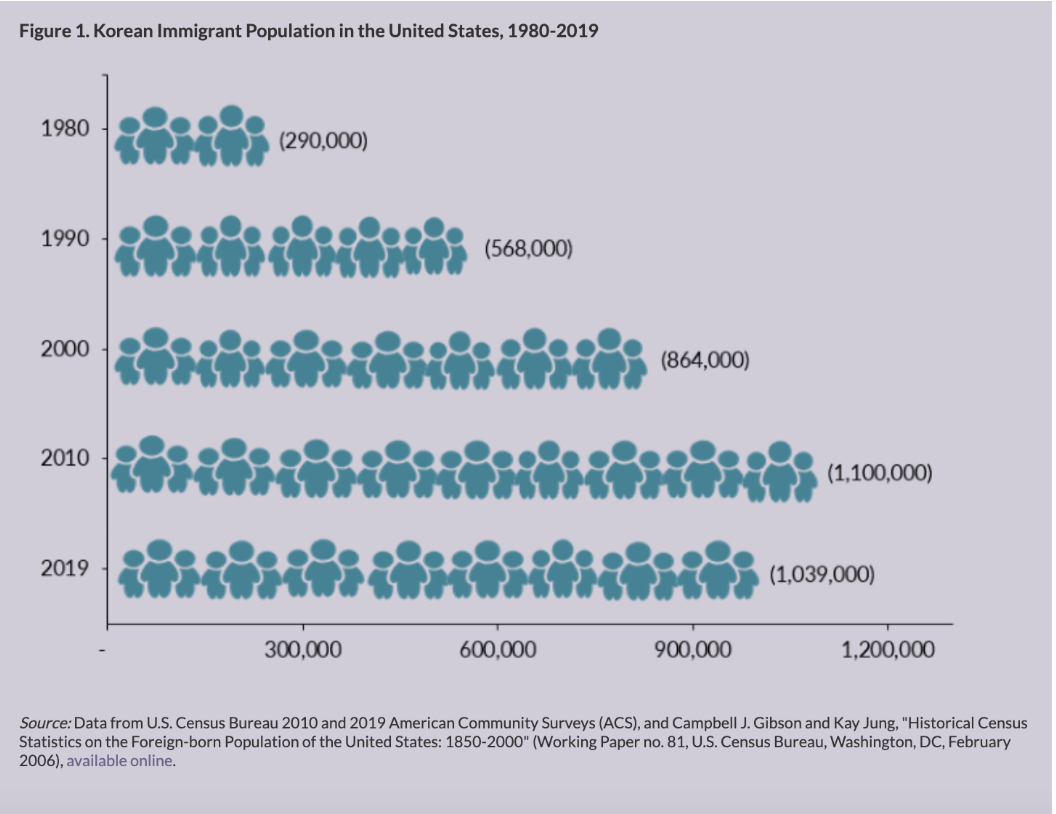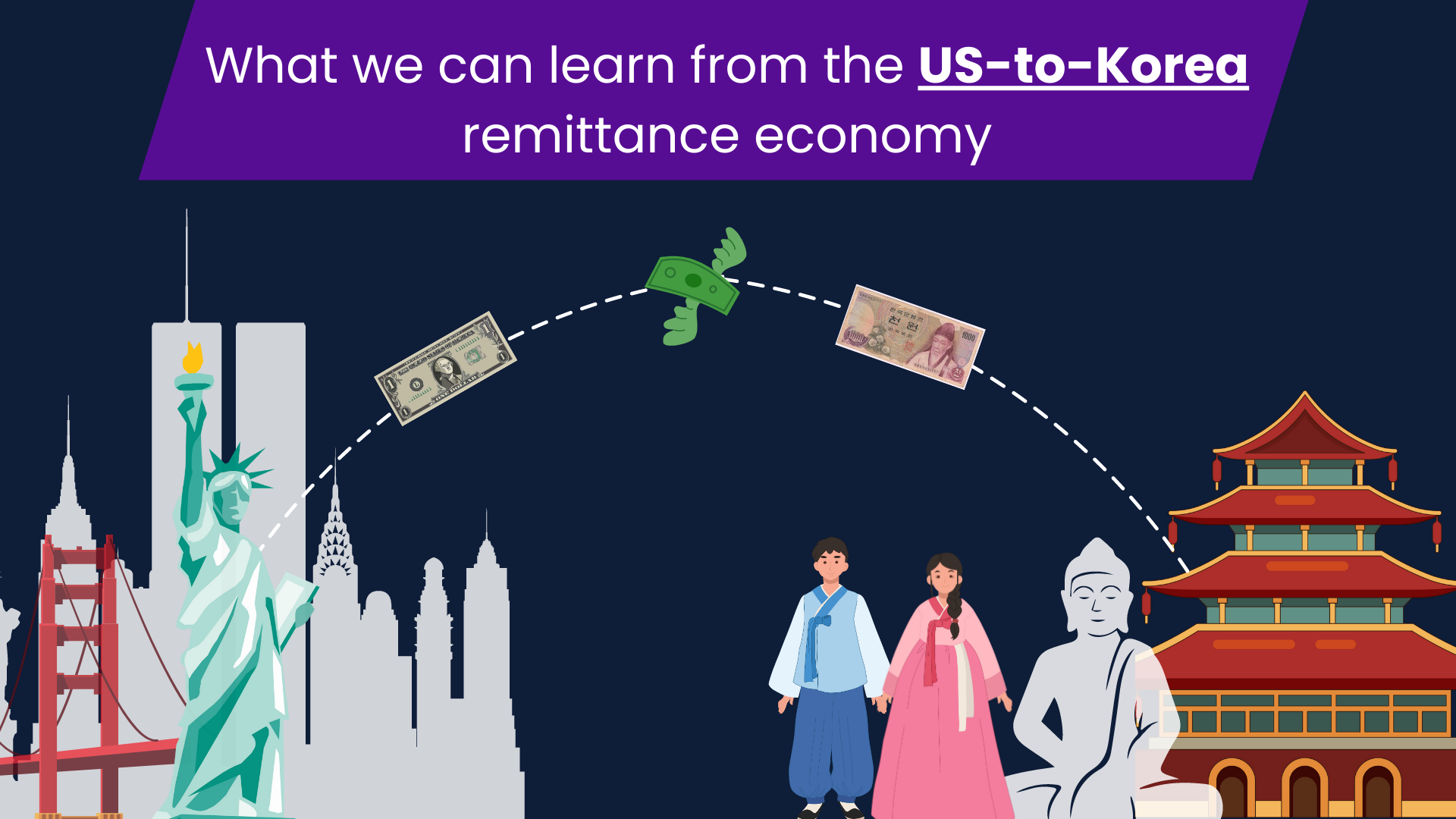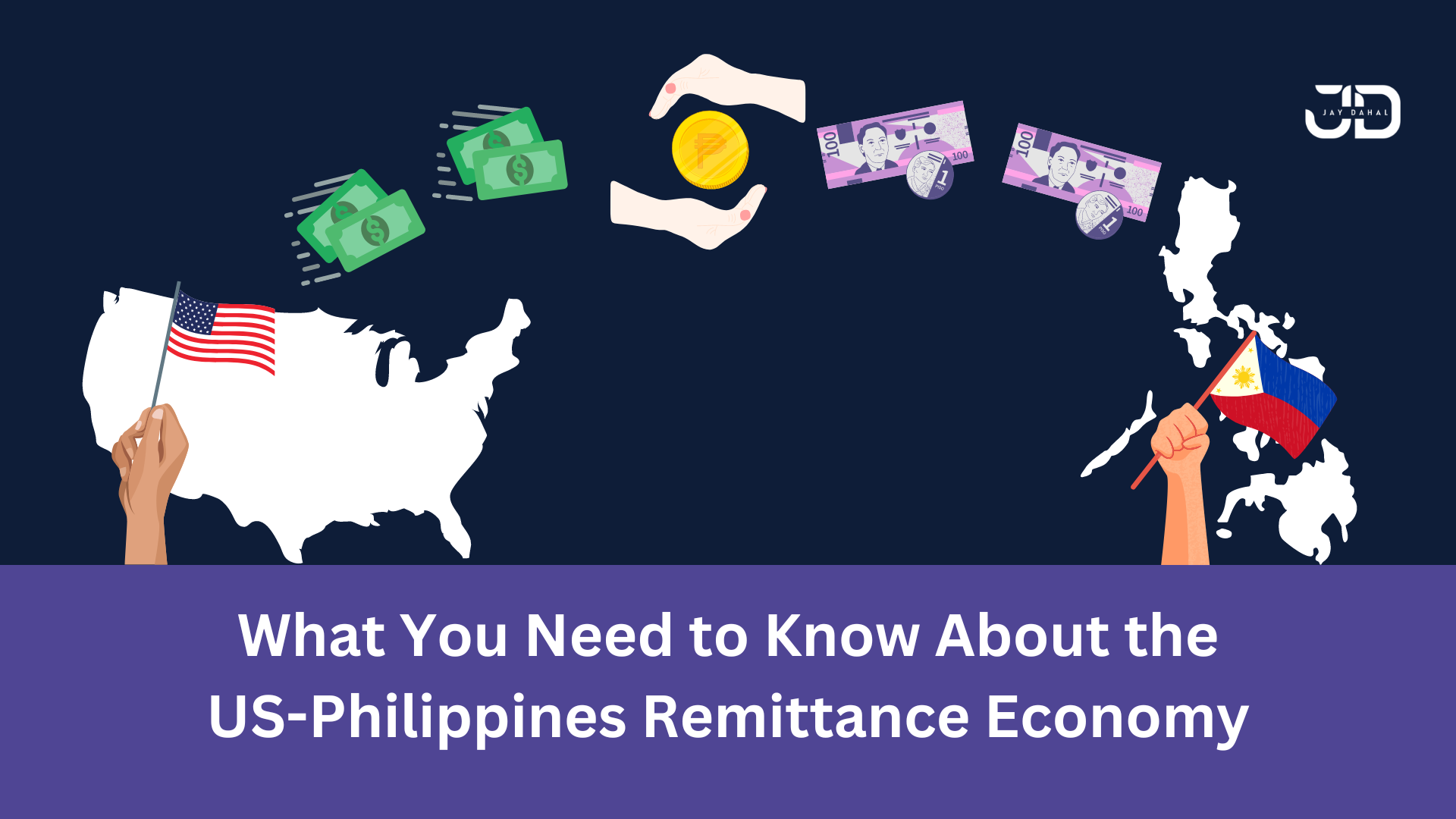Is remittance only relevant to countries that are still ‘developing?’ You’d be surprised to know that even countries as well-developed at South Korea holds its remittance at a pedestal.
Korea is known for a lot of things! Aside from their pop culture that has been making its way as a staple in every country.. Enter all the kpop bands and kdrama everyone from everywhere is hooked on. The days’ worth of queue is Las Vegas is living testament to this. Not to mention Netflix’s Squid games and Physical 100 that kept us all watching from the edge of our seats.
All that aside, Korea is also known for its ‘mukbang’-able cuisine and being at the forefront of tech & innovation in the world. In fact, it’s seen to be one of the world’s most ‘technologically-advanced’ and ‘digitally-connected’ countries in the world and houses two memory chip giants – Samsung and SK Hynix. With the inventions of the rollable TV, the walking car, and medical robotics – it’s no wonder that people look up to Korean technology.

Let's talk GDP
With all that in tact, how much money does South Korea actually make in a year? 1.8 Trillion US DOLLARS. That’s a 2021 record according to the World Bank. And $6.9 Billion USD comes from personal remittances – which is by far the highest record they’ve gotten. That’s a lot of incoming revenue from the Korean diaspora all over the globe.
Korean diaspora

Since the 1960s, more and more Koreans have been migrating abroad, for safety, political, and even educational reasons. Some Koreans migrate to master the English language, some move to reunite with their families who had moved in the middle of the war. As of 2021, there is said to be 7.4 million Koreans living, working, and studying abroad. And most of them (84.5% to be exact) reside in either of these 5 countries: China, USA, Japan, Canada, and Uzbekistan.
Remittance
With Korea’s growing remittance value, it pays to know what these remittances are made of. They’re usually comprised of personal transfers from family members in USA to relatives back home, employee compensation for remote workers, and personal transfers between US residents to non-resident. (Yoon, L., 2023)
Like any country remittance is, too, seen as a cornerstone in South Korea’s economy. And in average 6.3% of the amount sent goes only to service fees, but Korea is one of the few countries who has managed to work to lower this percentage. As of 2020, the average transaction rate has gone down to 4.74% – a win, a lot of countries are also working towards and definitely a strategy we can all learn from if reverse-engineered.
Fortunately, remittance centers in Korea are easier to find and being that it’s one of the countries leading in terms of technology, people are no longer required to bend over backwards to pay for exorbitant fees from remittance powerhouses.
Aside from the big players in remittance we all know, Koreans use solutions like:
KakaoPay: Kakaotalk is a Korea-founded messaging app that is quite dominantly used in South Korea. That’s 53 million monthly active users around the world and 47 million active monthly users living in South Korea. With a userbase this wide, it’s no wonder its users prefer to do all their transactions in the app. Kakaotalk then branched into KakaoPay allowing all their users to send and receive money from other users, store money through an e-wallet function, and even straight up pay for bills!
GmeRemit: One thing about Korea is their Anti-Money Laundering laws are executed to the highest level that there’s such thing as ‘government-grade security.’ This essentially means that it’s so secure even government transactions rely on this system. A key feature it’s proud of is its ability to let you track your money transfer in real-time to ensure no hiccups or security compromises.
Sentbe: Established in 2015 and launched in 2016, another service-provider to watch out for is Korea’s leading fintech company – SentBe. Sent be is the go-to app of digital-savvy users. In fact 7/10 of its users are 35 years old or younger! Digital natives prefer this solution for a number of reasons including, its ability to send and receive money from over 50 countries, transaction fees that are 90% lower than traditional methods, and the fact that its transfers are not bank-exclusive. You can receive money straight to your e-wallet, even!
Pandaremit.com: Founded in 2018 and owned by the Wo Transfer Limited company, Pandaremit is backed by huge VCs like Sequioa for being a ‘promising’ brand of global remittance. It’s rated with a 4.2 out of 5 total score and. Pandaremit is known for having rates sub its FX counterparts and for its 24/7 service and customer service.
With solutions that are able to meet its customers where they are, their ways of living, and even integrate with how they live – it’s no wonder Korea was able to nudge down its transaction fees. And with more and more players seeing the value in the remittance industry, we can’t help but wonder what comes next? How else can we integrate remittance within apps that call for interaction? Imagine how it would be like if apps like ‘Visit Seoul’ which has a potential of reaching about 2 million tourists annually can embed remittance into its system. Imagine a gamified tour app that rewards your with points or perks for every transaction made in certain parts of the city. What a fun way to visit Seoul all whilst ticking off tasks in your to-do list and supporting your family abroad – something Machnet is capable of making happen. The only question there is left to ask is – who’s brave enough to take that step?



